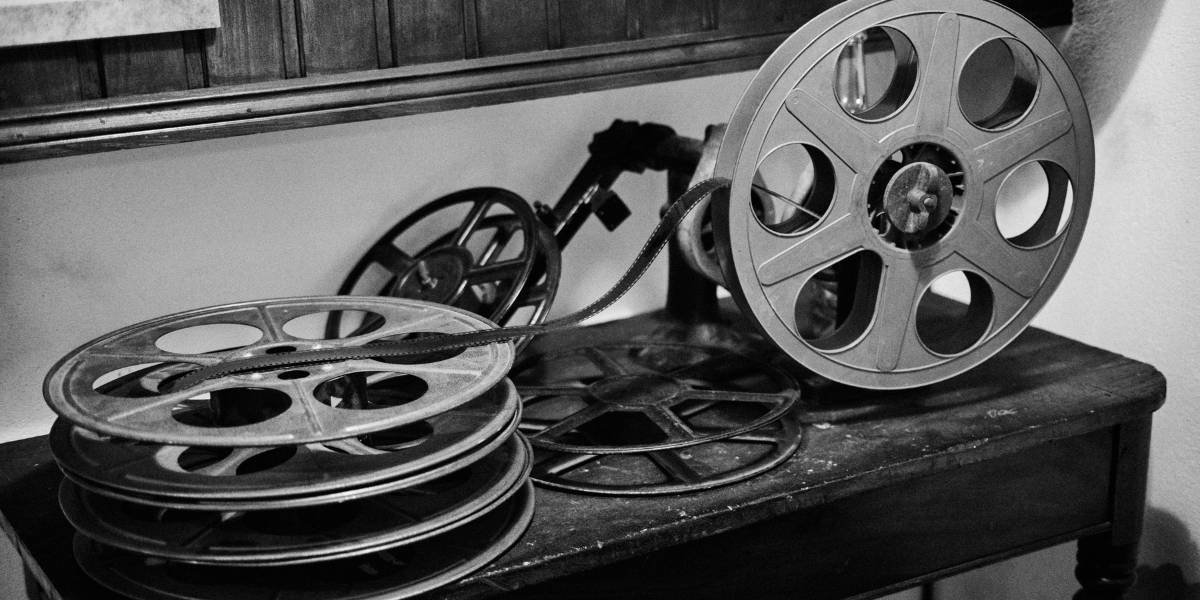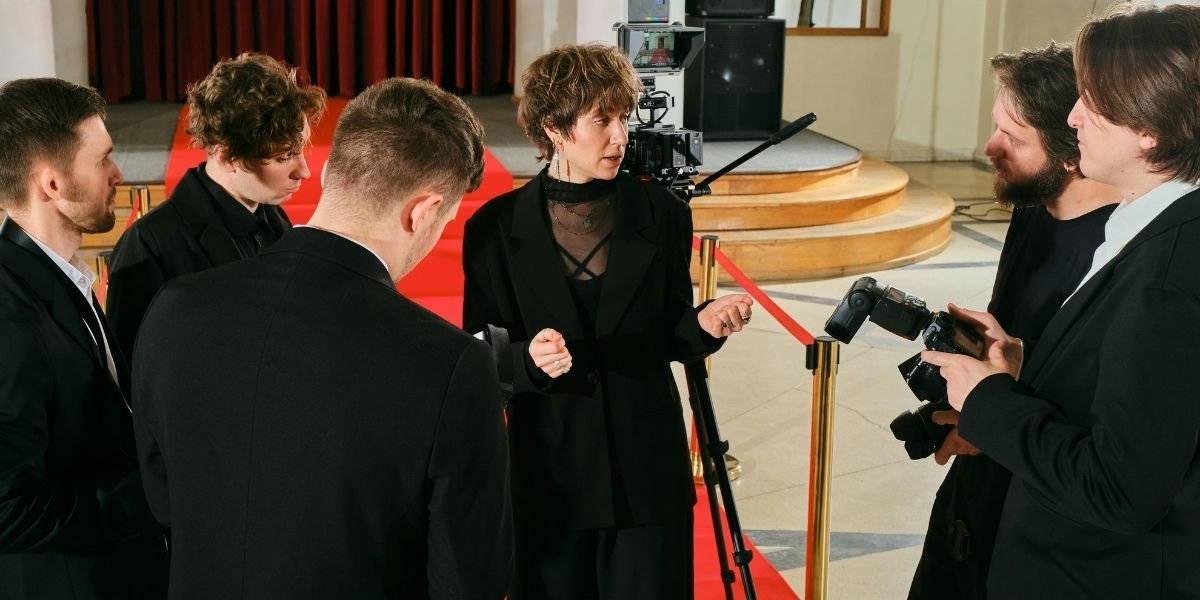What Defined 80s Power Ballads and Romantic Anthems?
The 1980s was a decade defined by big hair, bold fashion, and, of course, iconic music. Among the many genres that defined the era, power ballads and romantic anthems hold a special place in the hearts of music lovers. These heartfelt, emotionally charged songs became a staple on the radio and in movie soundtracks, providing the soundtrack to many personal moments of love, heartbreak, and triumph. But what exactly made these songs stand out during the 80s?
At their core, 80s power ballads are characterized by their blend of rock instrumentation and emotional vulnerability. These songs often built from a slow, tender beginning, building to powerful, soaring choruses. The lyrics focused on themes of unrequited love, heartache, reconciliation, and longing, often portraying relationships as intense, dramatic, and deeply emotional. What set these songs apart was their ability to stir up emotions, combining the raw energy of rock with a sense of intimacy and vulnerability.
Read Also: The Enduring Influence of Boy Bands on Pop Culture
The era also gave birth to a number of romantic anthems that embodied the spirit of love and passion, often written for a broader audience. While power ballads typically focused on love and personal emotions, romantic anthems tapped into a collective sense of longing and idealized love. With their memorable lyrics and sweeping melodies, these songs became anthems of the era, played at high school dances, weddings, and on every car radio. The combination of rock, pop, and soul made 80s ballads and romantic anthems timeless, continuing to resonate with listeners today.
The Top Artists Who Defined 80s Power Ballads and Romantic Anthems
The 1980s were full of musical giants, many of whom helped define the genre of power ballads and romantic anthems. Artists like Bon Jovi, Journey, Whitney Houston, Air Supply, and Tina Turner created iconic tracks that became synonymous with love, passion, and vulnerability. Their songs captured the spirit of the time and cemented their place in pop culture history.
Bon Jovi’s “Livin’ on a Prayer” and Journey’s “Don’t Stop Believin’” are quintessential power ballads that defined the decade, blending rock with uplifting messages of perseverance and hope in the face of adversity. Bon Jovi, in particular, became famous for songs like “Always” and “Bed of Roses,” which combined emotional lyrics with the band’s signature hard rock sound, creating the perfect anthems for lovers and dreamers alike.
Whitney Houston, on the other hand, brought the world an array of romantic anthems with hits like “Greatest Love of All” and “I Will Always Love You.” Her voice, both powerful and soulful, made these songs timeless, transcending generations and establishing her as one of the most revered vocalists of all time. Tina Turner’s “What’s Love Got to Do with It” became an anthem for female empowerment and love, with its catchy hooks and powerful, raspy delivery, influencing not only music but also pop culture.
Air Supply, known for their smooth, emotional ballads, crafted songs like “All Out of Love” and “Making Love Out of Nothing at All,” which defined the sound of 80s romantic anthems. These songs remain deeply embedded in the fabric of 80s nostalgia, adored by fans who reminisce about the softer side of the decade.
What Made 80s Power Ballads So Universally Popular?
80s power ballads were not just hits of the moment—they endured, becoming anthems of an entire generation. A major reason for this enduring popularity was the emotional resonance these songs held. At their core, power ballads offered a rare glimpse of vulnerability, especially in an era dominated by synth-heavy pop and fast-paced rock. They became a soundtrack to people’s personal struggles, triumphs, and romantic experiences, offering comfort and catharsis to listeners.
The instrumentation of 80s power ballads also played a significant role in their success. These songs often started with a slow piano or guitar intro, gradually building to a massive chorus with electric guitars, drum fills, and soaring vocals. This dramatic musical progression made the ballads not just songs but an emotional journey, an experience that listeners could connect with on a deeper level. The use of synthesizers and reverb during this time gave power ballads a distinct sound that could shift between dramatic and sentimental, giving them the ability to evoke strong feelings.
The visual element of music videos played a huge part in elevating the power ballad genre. With the rise of MTV, artists could now pair their emotional songs with visuals that matched the intensity of their lyrics. These music videos often depicted passionate love stories, heartbreak, or dramatic narratives, adding another layer of emotion for viewers to connect with. The 80s era was unique in that it blended the power of music with visuals, helping solidify the enduring legacy of the power ballad.
How Did 80s Power Ballads Influence Pop Culture and Subsequent Music Trends?
The cultural impact of 80s power ballads cannot be overstated. These songs transcended their musical roots, becoming a major part of the cultural lexicon. Power ballads were often used in movie soundtracks to amplify emotional scenes. Films like Top Gun (1986) featured romantic anthems like “Take My Breath Away” by Berlin, while Dirty Dancing (1987) included the iconic “I’ve Had The Time of My Life,” making power ballads an integral part of Hollywood’s storytelling.
These ballads and romantic anthems also paved the way for future music trends. They influenced subsequent pop and rock genres, especially the early 90s. As the music industry transitioned into the grunge and alternative scenes of the 1990s, the dramatic, heartfelt ballads of the 80s slowly gave way to raw, stripped-down acoustic sounds, but the emotional depth they introduced remained a key element in later music. Bands and artists like Celine Dion and Bryan Adams, who came to prominence in the 90s, carried the torch of powerful, emotional ballads into a new era, showing how the influence of 80s power ballads continued well beyond the decade.
The nostalgia for 80s music also played a significant role in the resurgence of power ballads in pop culture. Over time, these songs became an integral part of the soundtrack for romantic moments, featured heavily in karaoke bars, TV shows, and even advertisements. Their ability to tap into universal themes of love, longing, and desire ensures that they remain beloved by generations of listeners.
Why Do 80s Power Ballads Still Resonate Today?
Despite being several decades removed from their heyday, 80s power ballads and romantic anthems continue to have a massive impact on modern music. The universal themes of love, loss, and hope still resonate deeply with listeners. In an age dominated by fast-paced digital media, many people find comfort in the slower, more reflective nature of power ballads. These songs offer a sense of escapism and emotional release, which makes them relevant to people who are going through personal or emotional moments.
Read Also: How Movie Theme Songs Define Cinematic Identity
Today’s artists continue to draw inspiration from the power ballads of the 80s. Modern pop stars and rock bands often incorporate elements of the genre into their own music, merging the dramatic, soaring sounds of the past with contemporary sensibilities. Adele, for example, is often compared to the power ballad singers of the 80s due to her emotionally charged vocals and heartfelt lyrics. In the same way, Ed Sheeran and John Legend have brought ballads back into mainstream pop culture with songs that mirror the soulfulness and intensity of the 80s.
As an entire generation continues to look back on the 80s with fondness, power ballads remain a staple in playlists and movie soundtracks, proving that these timeless songs will never fade away. Their enduring legacy is rooted in their emotional depth and ability to connect with listeners on a deeply personal level.








